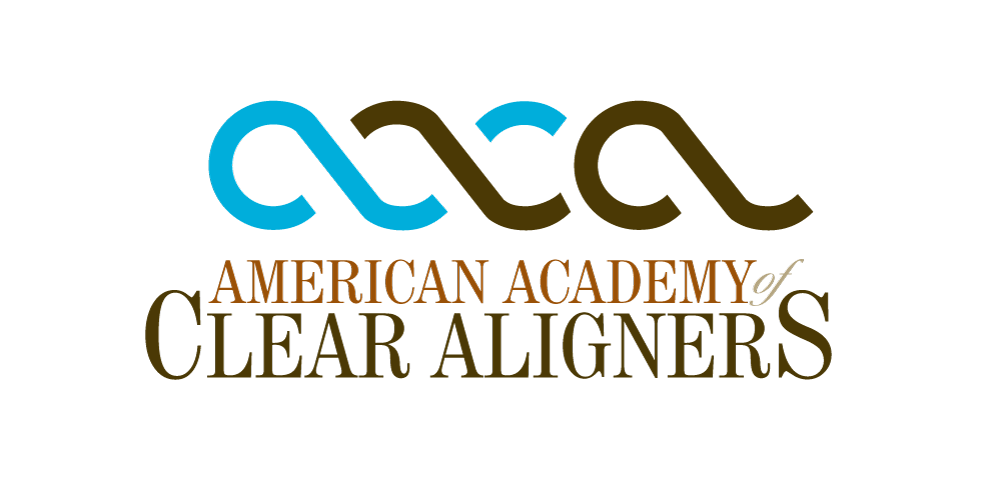Understanding the FDA 510(k) Approval Process for Oral Appliances
The FDA 510(k) approval process plays a crucial role in ensuring the safety and effectiveness of medical devices, including oral appliances designed to address various health conditions in children and adolescents. Let’s delve into what this process entails, where the name comes from, how it applies to oral appliances, and the benefits it offers to young individuals.
What is the FDA 510(k) Approval Process?
The FDA 510(k) clearance process is a pathway through which medical device manufacturers can bring new products to market. It requires demonstrating that the new device is substantially equivalent to a legally marketed “predicate” device in terms of intended use, technological characteristics, and safety.
Origin of the Name:
The term “510(k)” refers to Section 510(k) of the Food, Drug, and Cosmetic Act, which mandates this regulatory pathway. It signifies the notification submitted to the FDA to obtain clearance for marketing a new medical device.
Application to Oral Appliances:
Oral appliances are medical devices designed to address various conditions related to oral health, such as sleep-disordered breathing, temporomandibular joint disorders (TMJ), and orthodontic issues. Examples include mandibular advancement devices (MADs) for sleep apnea and orthodontic appliances for teeth alignment.
Benefits for Children and Adolescents:
- Treatment of Sleep-Disordered Breathing: FDA-cleared oral appliances, such as MADs, can effectively treat obstructive sleep apnea and snoring in children and adolescents. By promoting proper airflow during sleep, these devices improve sleep quality and mitigate associated health risks, including daytime fatigue and cognitive issues.
- Management of TMJ Disorders: Oral appliances designed to alleviate temporomandibular joint disorders provide relief from symptoms such as jaw pain, clicking or popping sounds, and limited jaw movement. They help stabilize the jaw joint and reduce muscle tension, enhancing comfort and function.
- Orthodontic Correction: Certain orthodontic appliances cleared by the FDA facilitate teeth movement and alignment, addressing malocclusion and bite issues in young individuals. These devices contribute to proper dental development and aesthetic improvements, boosting confidence and oral health.
The FDA 510(k) approval process ensures that oral appliances meet rigorous standards of safety and effectiveness before being marketed for use in children and adolescents. By providing access to FDA-cleared devices, healthcare professionals can offer effective solutions for various oral health conditions, improving the well-being and quality of life of young individuals.


